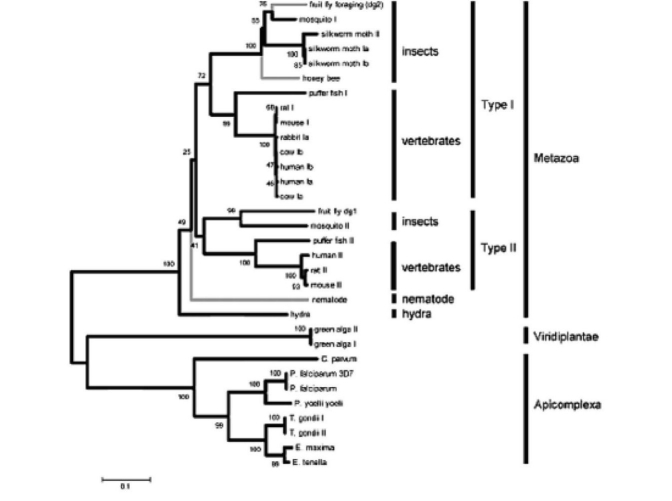Figure 51.6 Use the following information and the figure below when answering the corresponding question(s) .
The following are an abstract and figure from a paper that explores the evolutionary relationship between a protein kinase and behavior (M. Fitzpatrick and M. Sokolowski. 2004. In search of food: Exploring the evolutionary link between cGMP-dependent protein kinase (PKG) and behaviour. Integrative and Comparative Biology 44:28-36) .
Abstract:
Despite an immense amount of variation in organisms throughout the animal kingdom many of their genes show substantial conservation in DNA sequence and protein function. Here we explore the potential for a conserved evolutionary relationship between genes and their behavioural phenotypes. We investigate the evolutionary history of cGMP-dependent protein kinase (PKG) and its possible conserved function in food-related behaviours. First identified for its role in the foraging behaviour of fruit flies, the PKG encoded by the foraging gene had since been associated with the maturation of behaviour (from nurse to forager) in honey bees and the roaming and dwelling food-related locomotion in nematodes. These parallels encouraged us to construct protein phylogenies using 32 PKG sequences that include 19 species. Our analyses suggest five possible evolutionary histories that can explain the apparent conserved link between PKG and behaviour in fruit flies, honey bees and nematodes. Three of these raise the hypothesis that PKG influences the food-related behaviours of a wide variety of animals including vertebrates. Moreover it appears that the PKG gene was duplicated some time between the evolution of nematodes and a common ancestor of vertebrates and insects whereby current evidence suggest only the for-like PKG might be associated with food-related behaviour.

Neighbour joining trees depicting the evolutionary relationships of 32 PKG kinase domain and C-terminal amino acid sequences spanning 19 species of protozoans and metazoans. Values at the nodes represent the results of 5000 bootstrap replications. Lineages with known behavioral links with PKG are indicated by grey branches.
-Looking at this evolutionary relationship of protein kinases in the figure above,and knowing there is evidence that this particular protein kinase is linked to food-related behaviors in the animals studied,what conclusions can you draw?
A) PKG influences food-related behaviours in a wide variety of animals.
B) There is enormous variation in amino acid sequences between taxa.
C) There is likely a conserved evolutionary relationship between these genes and their behavioral phenotype.
D) PKG influences food-related behaviours in a wide variety of animals,and there is enormous variation in amino acid sequences between taxa.
E) PKG influences food-related behaviours in a wide variety of animals,and there is likely a conserved evolutionary relationship between these genes and their behavioral phenotype.
Correct Answer:
Verified
Q18: In the size-advantage hypothesis,if a group of
Q19: In testing a hypothesis that "territorial defense
Q20: Learning has the most influence on behaviour
Q21: Figure 51.5 Q22: Which of the following has greatest coefficient Q24: Which of the animals listed below is Q25: Any process in which a signal from Q26: Figure 51.6 Use the following information and![]()
Unlock this Answer For Free Now!
View this answer and more for free by performing one of the following actions

Scan the QR code to install the App and get 2 free unlocks

Unlock quizzes for free by uploading documents